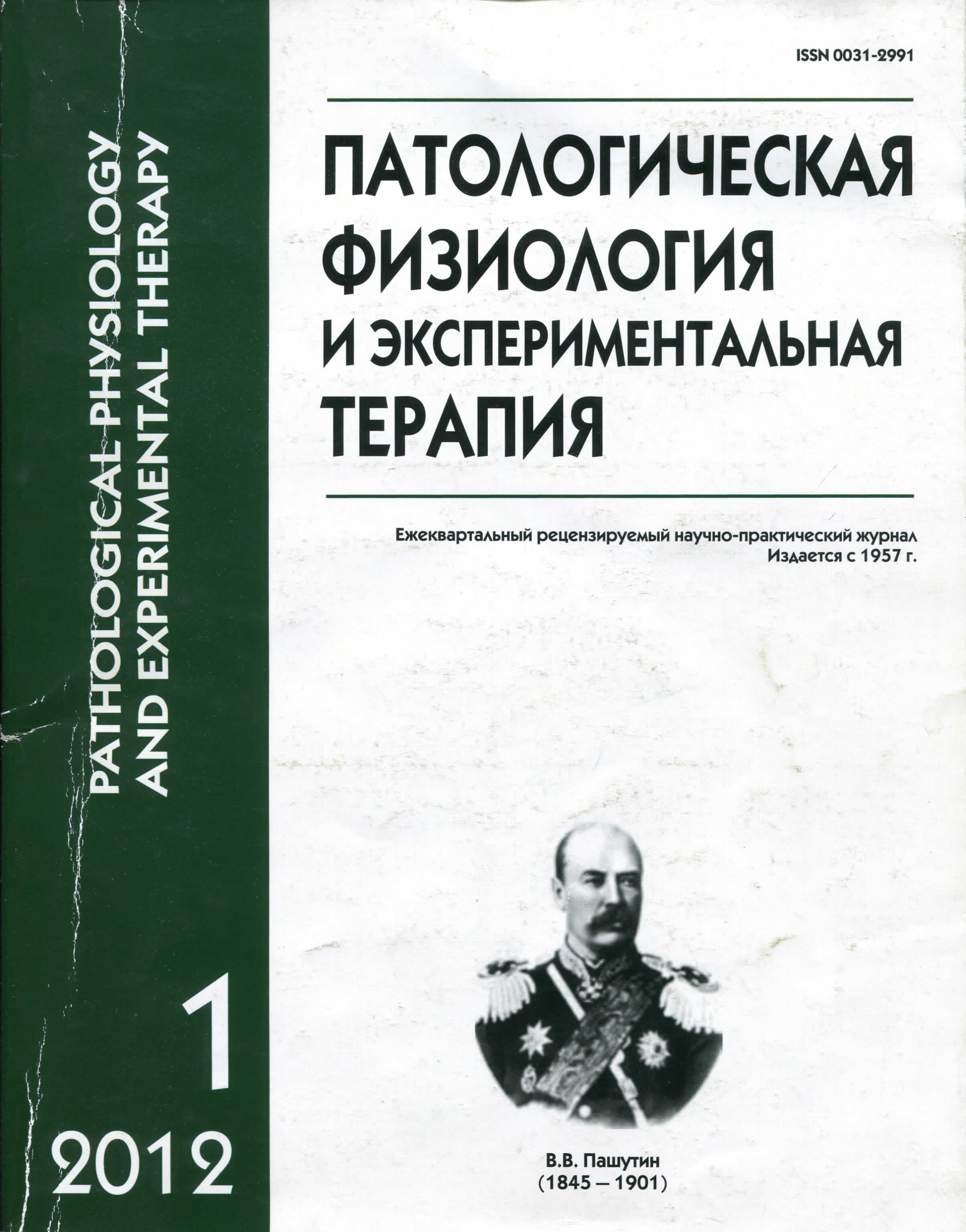Theory of transition state between norm and pathology
Abstract
In experiments on animals (rodents, carnivores, primates), using the methodology of situational conditioned reflexes, a model of the transition state between norm and pathology of humans has been created. We studied the problems that are not available to deal with on a person for technical and ethical reasons. Specific features of manifestation of the transition state, its central mechanisms and biological role were discovered. We found out bifunctional nature of the transition state — biologically positive, protective and biologically negative, like the state immediately preceding stable disease. It was established that in the ascending evolutionary series the increase in role and complexity of mechanisms of the positive component of the transition state occur. This fact can be explained by the development of adaptive activity of the brain, responding to the complex informational environment and, in particular, to so called «informational triad» (a combination of three factors — the amount of information, a factor time and level of motivation). We revealed «asymptomatic» phenomena of the transition state and showed its role in the development of pathology. A theory of the transition state was formulated as a summation of knowledge and hypotheses about the phenomena occurring in the body in response to a pathogenic stimulus. We proposed the classification of the transition state as a phenomenon, value of which is corresponding to the rate «norm — illness — clinical death», i.e. considering it in the rank of major states of the organism.






